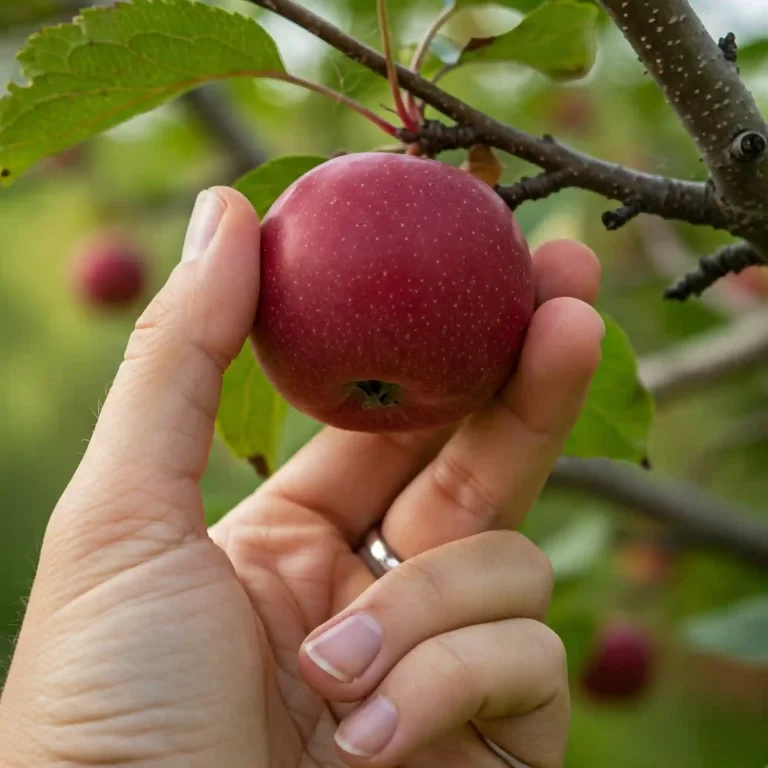Are you tired of struggling with bulky yard waste and unsightly debris? A chipper shredder can be a game-changer for any gardener. These powerful tools efficiently reduce branches, leaves, and other organic materials into manageable mulch, saving you time and effort. However, with so many options available on the market, choosing the right chipper shredder can be overwhelming.
In this comprehensive guide, we’ll delve into the world of chipper shredders, helping you understand their different types, key features, and how to select the perfect one for your gardening needs. From electric models to gas-powered giants, we’ll cover everything you need to know to make an informed decision.
Understanding Chipper Shredders
What is a Chipper Shredder?
A chipper shredder is a versatile gardening tool designed to reduce large pieces of organic material, such as branches, leaves, and small shrubs, into smaller, more manageable pieces. This process, known as chipping or shredding, creates mulch that can be used to enrich soil, suppress weeds, and retain moisture.
Types of Chipper Shredders
There are three main types of chipper shredders:
- Electric Chipper Shredders: These models are powered by electricity and are typically smaller and quieter than gas-powered options. They are ideal for homeowners with smaller yards and limited noise restrictions.
- Gas-Powered Chipper Shredders: These powerful machines are fueled by gasoline and can handle larger branches and debris. They are suitable for larger properties and commercial applications.
- Portable Chipper Shredders: These compact and lightweight models are designed for easy portability and can be transported to different areas of your yard. They are ideal for occasional use or smaller projects.
Key Features to Consider
When choosing a chipper shredder, it’s essential to consider the following key features:
- Hopper Size: The hopper is the opening where you feed the material. Larger hoppers allow you to process more material at once, while smaller hoppers may require more frequent feeding.
- Engine Power: The engine’s horsepower determines the chipper shredder’s capacity to handle different types and sizes of material. More powerful engines can handle larger branches and thicker debris.
- Blade Type: Chipper shredders typically have two types of blades: chipping blades and shredding blades. Chipping blades are designed to cut branches into smaller pieces, while shredding blades are used to reduce leaves and other soft materials.
- Safety Features: Safety features, such as automatic shut-off mechanisms, emergency stop buttons, and blade guards, are essential for safe operation.
- Noise Level: If you live in a residential area, consider the noise level of the chipper shredder. Electric models are generally quieter than gas-powered ones.
- Weight: The weight of the chipper shredder can affect its portability and ease of use. If you need to move it around frequently, a lighter model may be preferable.
- Price: Chipper shredders vary in price depending on their features, power, and brand. Set a budget and compare prices from different manufacturers.
Choosing the Right Chipper Shredder
Assessing Your Needs
Before purchasing a chipper shredder, it’s crucial to assess your specific needs. Consider the following factors:
- Yard Size: If you have a small yard, an electric chipper shredder may be sufficient. For larger properties, a gas-powered model may be necessary.
- Type of Debris: Determine the types of material you’ll be shredding. Some chipper shredders are better suited for branches, while others are more efficient at handling leaves and twigs.
- Frequency of Use: If you plan to use the chipper shredder frequently, invest in a durable and powerful model. For occasional use, a more affordable option may suffice.
- Budget: Set a budget before shopping to avoid overspending. Consider your long-term needs and the potential cost savings from reduced yard waste disposal fees.
Factors to Consider When Buying
In addition to your needs, consider the following factors when selecting a chipper shredder:
- Brand Reputation: Research reputable brands known for their quality and reliability.
- Warranty: A good warranty can provide peace of mind and protection against defects.
- Customer Reviews: Read reviews from other customers to get insights into the chipper shredder’s performance and durability.
- Ease of Use: Look for models with user-friendly controls and intuitive features.
- Maintenance Requirements: Consider the time and effort required for regular maintenance, such as blade sharpening and cleaning.
Comparison of Chipper Shredder Types
| Feature | Electric Chipper Shredder | Gas-Powered Chipper Shredder | Portable Chipper Shredder |
| Power Source | Electricity | Gasoline | Electricity or Gasoline |
| Noise Level | Quiet | Loud | Moderate |
| Portability | Good | Poor | Excellent |
| Capacity | Small to Medium | Large | Small to Medium |
| Price | Affordable | More Expensive | Varies |
Essential Features for a Chipper Shredder
- Powerful engine
- Large hopper
- Sharp blades
- Safety features
- Easy to use
- Durable construction
- Good warranty
By carefully considering these factors, you can choose a chipper shredder that meets your specific needs and provides years of reliable service.
How to Use a Chipper Shredder
Safety Precautions
Using a chipper shredder requires caution to prevent accidents. Always follow these safety guidelines:
- Wear Protective Gear: Wear safety glasses, gloves, and sturdy footwear to protect yourself from flying debris and potential injuries.
- Clear the Work Area: Ensure the area around the chipper shredder is clear of obstacles and people before operating it.
- Avoid Feeding Large Branches: Cut large branches into smaller pieces before feeding them into the chipper shredder to prevent jamming and overloading.
- Keep Hands Away from Blades: Never put your hands or any other body part near the blades while the machine is operating.
- Use a Push Stick: Use a push stick to guide material into the hopper and avoid using your hands.
Proper Feeding Techniques
- Cut Branches into Smaller Pieces: Cutting branches into smaller pieces will help prevent jamming and ensure efficient shredding.
- Feed Material Slowly: Feed the material into the hopper slowly and steadily to avoid overloading the machine.
- Avoid Jamming: If the chipper shredder starts to jam, turn it off immediately and carefully remove the obstruction.
Safety Tips for Chipper Shredder Use
| Safety Tip | Explanation |
| Wear protective gear | Protect yourself from injuries. |
| Clear the work area | Prevent accidents. |
| Avoid feeding large branches | Prevent jamming. |
| Keep hands away from blades | Avoid injury. |
| Use a push stick | Avoid using hands. |
Maintenance Tips
Proper maintenance is essential for ensuring the longevity and performance of your chipper shredder. Follow these maintenance tips:
- Regular Blade Sharpening: Dull blades can reduce efficiency and increase the risk of jamming. Sharpen the blades regularly according to the manufacturer’s recommendations.
- Cleaning the Hopper and Chute: Remove any debris or buildup from the hopper and chute to prevent jamming and ensure proper operation.
- Checking for Loose Parts: Inspect the chipper shredder for loose bolts, screws, or other components. Tighten any loose parts to prevent damage or malfunctions.
- Storing Properly: When not in use, store the chipper shredder in a dry, sheltered area to protect it from the elements.
By following these safety precautions and maintenance tips, you can ensure the safe and efficient operation of your chipper shredder.
Chipper Shredder Maintenance and Troubleshooting
Common Maintenance Issues
Even with proper care, chipper shredders may encounter common maintenance issues:
- Blade Dullness: Over time, the blades can become dull, reducing their efficiency and increasing the risk of jamming.
- Jamming: Jamming can occur when the chipper shredder is overloaded or if the material is not fed properly.
- Engine Problems: Gas-powered chipper shredders may experience engine issues such as starting problems, fuel problems, or overheating.
Troubleshooting Tips
If you encounter any of these problems, try the following troubleshooting tips:
- Blade Sharpening: If the blades are dull, follow the manufacturer’s instructions to sharpen them.
- Unjamming Techniques: If the chipper shredder is jammed, turn it off and carefully remove the obstruction. Use a wooden or plastic tool to avoid damaging the blades.
- Addressing Engine Problems: If you’re experiencing engine issues, consult the owner’s manual or contact a qualified technician for assistance.
Additional Tips
- Regular Oil Changes: For gas-powered chipper shredders, change the oil regularly according to the manufacturer’s recommendations.
- Fuel Storage: Store gasoline in a cool, dry place to prevent deterioration.
- Winter Storage: If you’re not using the chipper shredder during the winter, store it indoors to protect it from the elements.
Conclusion
A chipper shredder can be a valuable asset for any gardener, helping to manage yard waste and create nutrient-rich mulch. By understanding the different types of chipper shredders, choosing the right model for your needs, and following proper maintenance practices, you can ensure the safe and efficient operation of your machine.
Remember to always prioritize safety when using a chipper shredder and consult the owner’s manual for specific instructions and troubleshooting tips. With proper care and maintenance, your chipper shredder can provide years of reliable service.



